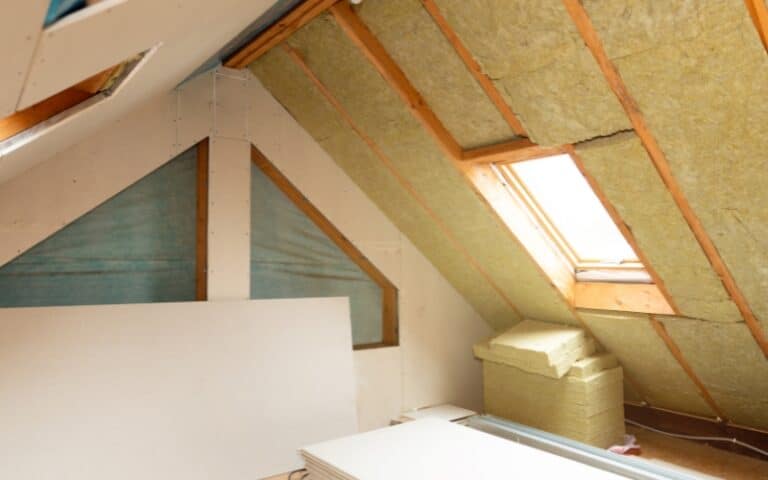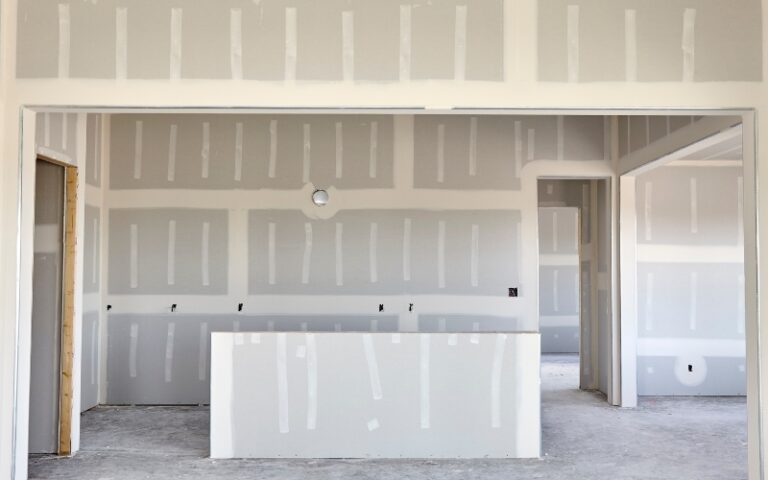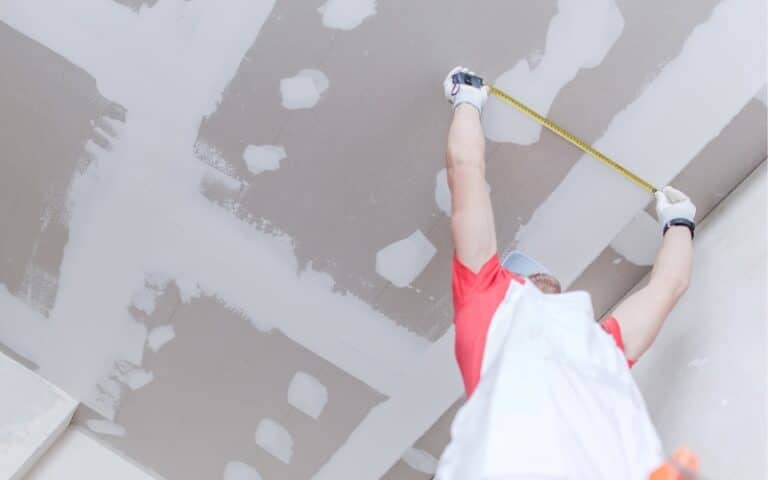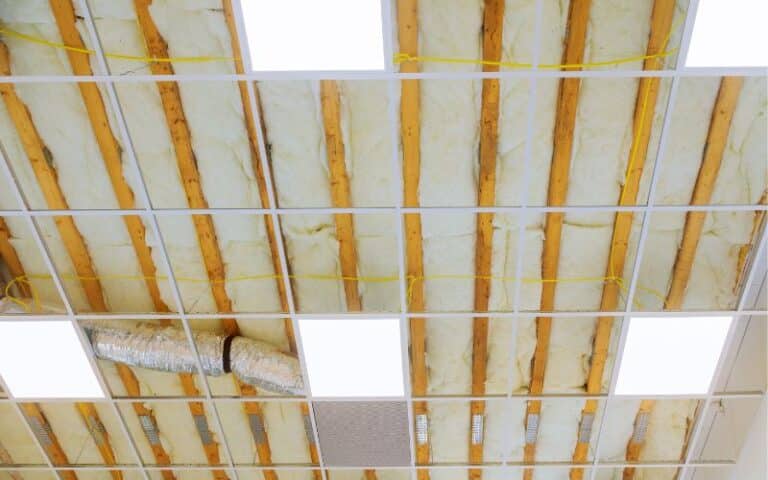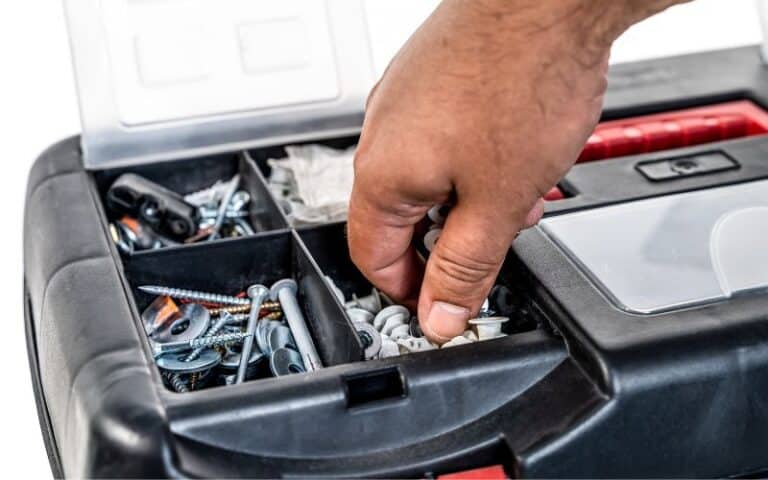Applying drywall mud is a crucial step during drywall finishing. Drywall mud helps to cover the joints and seams between drywall panels and creates a smooth, seamless surface for painting or applying wallpaper.
However, determining the number of coats of mud to apply before sanding can be tricky, especially if you are a first-timer.
Hence, to avoid any potential difficulties during drywall application, this leads us to this question; how many coats of drywall before sanding?
The number of drywall mud coats required before sanding depends on several factors, such as the condition of the drywall, the type of mud, and the finish you desire to achieve after the drywalling. However, in general, it’s recommended to apply three coats of drywall mud while sanding between each coat of mud to achieve a smooth and professional finish.
In this article, I will discuss the number of coats of drywall mud you should apply before sanding.
I will further explore the factors to consider when applying drywall mud and some expert tips for achieving a smooth, professional, and flawless finish.
Ready for a Drywall Quiz?
Should You Sand Between Each Coat of Drywall Mud?
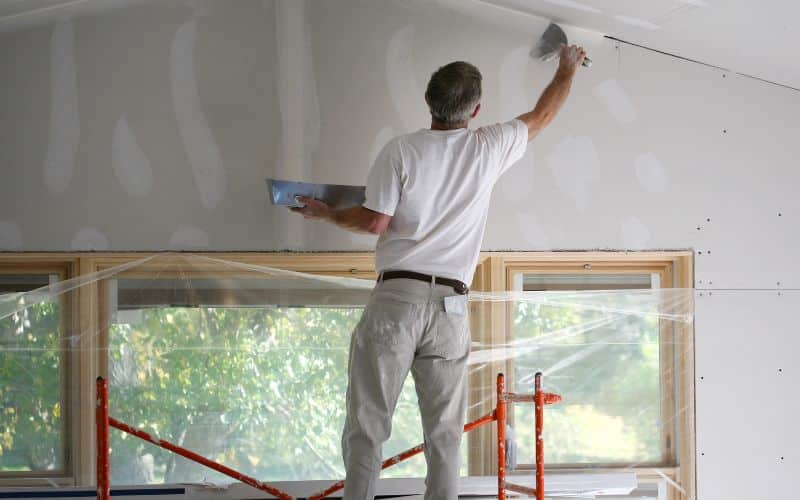
Yes, sanding between each coat of drywall mud is recommended and advisable to achieve a smooth surface and professional-looking finish.
One of the primary purposes of sanding is to help remove any bumps, ridges, or other defects in the previous coat of drywall mud.
Sanding helps create a perfect surface to allow the next coat to be applied more evenly.
Therefore, by sanding between coats of drywall mud, you can achieve a professional-looking finish for your walls or ceilings.
Meanwhile, it’s essential to allow the previous coat of drywall mud to dry completely before sanding to avoid causing damage to the surface.
In addition, it’s best to sand lightly to avoid creating unnecessary scratches on the surface, as this may cause blemishes to the entire finish.
Therefore, it would be best to avoid skipping recommended tips and steps when applying drywall mud to achieve an eye-catching and successful drywall finishing process.
Meanwhile, you may be curious about the essence of sanding during drywall mud application; check the table below for the pros and cons of sanding.
| Pros | Cons |
|---|---|
| Sanding helps remove excess mud and ensures a more even application. | Improper sanding can cause damage to the drywall. |
| Sanding helps smooth out rough surfaces and bumps. | It can create excessive dust, which can be harmful if inhaled. |
| Sanding can improve the final appearance of the wall or ceiling. | Sanding can be time-consuming and require a lot of effort. |
| It can create a smooth surface for painting or wallpapering. | Sanding can cause scratches or marks on the drywall if not done carefully. |
| Sanding can help identify areas that need additional mud or touch-ups. | Oversanding can lead to over-sanding, which can cause problems with the final finish. |
| It can help create a level surface for installing trim or molding. | It can cause damage to nearby surfaces or objects if dust is not properly contained. |
| Sanding can blend in joints and seams for a more seamless finish. | It can create an uneven surface if not done properly. |
| Sanding can help smooth transitions between surfaces, such as where a wall meets a ceiling. | Reaching certain areas, such as corners or tight spaces, can be difficult. |
| Sanding can help achieve a professional-looking finish. | Sanding can be physically demanding and tiring. |
| Sanding can help remove any high spots that can affect the final finish. | It can create a mess that requires additional cleanup. |
Can You Apply Two Successive Coats of Drywall Mud Before Sanding?
Generally, applying two successive coats of drywall without sanding in between is not recommended as it may result in poor finishing.
Sanding between coats is essential in drywall finishing because it helps eliminate surface irregularities, such as bumps, ridges, or other uneven surfaces.
If you apply a second coat of drywall mud over the first coat without sanding, the second coat of mud may not adhere properly to the first coat if you do not sand first.
Hence, skipping sanding in such a situation can cause the second coat to crack and peel over time.
Moreover, it’s necessary to note that when you apply a coat of drywall mud, it is essential to allow it to dry completely before sanding it.
Suppose you apply a second coat of mud before the first coat is fully dry and sanded; it can result in a rough and uneven finish revealing any imperfections in the first coat even after the entire finishing process.
Therefore, sanding between each coat of drywall mud is recommended and advisable to create a perfect surface to which the hat coat can adhere.
Sanding between each coat of drywall mud is recommended to achieve a long-lasting professional-looking king finish.
In general, you shouldn’t apply two successive coats of drywall mud before sanding to avoid causing damage to your drywall finish.
Moreover, you shouldn’t apply two successive coats of drywall to prevent your entire finish from getting an unpleasant look.
Can I Sand Only the First and Last Coats of Drywall?
No, sanding only the first and last coats of drywall is not recommended.
Sanding is a crucial part of the drywall finishing process that helps to eliminate ridges and defects, creating a smooth surface for painting or wallpapering.
Hence, skipping steps during sanding can lead to an uneven and unprofessional finish.
Furthermore, sanding only the first and last coats can leave rough patches, bumps, and obvious seams in the drywall.
Therefore, sanding the intermediate coats between the first and last coats helps to blend the seams and create a more uniform finish.
Thus, you must ensure that you sand between coats; this helps to smooth out any rough patches and create a flat surface.
Before painting or applying wallpaper, you should also sand the final coat to ensure a smooth finish.
Above all, it is always best to follow the recommended and appropriate steps for drywall finishing to achieve the best results.
What Type of Sandpaper Should You Use for Drywall Mud?
It is recommended to use sandpaper with fine grit between 120 and 220 when sanding drywall mud.
Notably, sandpaper with higher grit numbers will be finer, creating a smoother finish, while the one with lower grit will be coarser.
So, 120-grit sandpaper is good for smoothing rough patches, while 220-grit sandpaper is ideal for final sanding and finishing touches.
When sanding drywall mud, start with 120-grit paper because the first coat will likely be rougher.
After applying 120-grit sandpaper, use 150 grit for the next smoothing process of the drywall mud.
Then, finish with 220-grit sandpaper for a seamless and professional-looking drywall surface.
Meanwhile, it’s necessary to note that drywall dust can be harmful when inhaled; hence, your safety should come first.
So, ensure you wear a dust mask and eye protection to avoid inhaling dust and prevent dust from entering your eyes.
Overall, it’s advisable to always refer to the manufacturer’s recommendations for the specific type of drywall mud you are using before proceeding.


